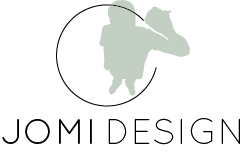REDUCING WASTE IN A GROWING ECONOMY
IS ONE OF THE GREATEST CHALLENGES OF OUR TIME
With the speed at which we produce and consume we currently use 3 earths while we only have 1. Shifting towards a circular economy is simply paramount.
I am passionate about a better world and look forward to taking responsibility together. JOMI Design has all the ingredients to reach that goal.
MY ROADMAP TO SUSTAINABILITY
With skillful and conscious design, JOMI creates sustainable products that have less negative environmental impact: the intention of sustainable design. To achieve that, I apply these philosophies, beliefs and facts during the design and production process.
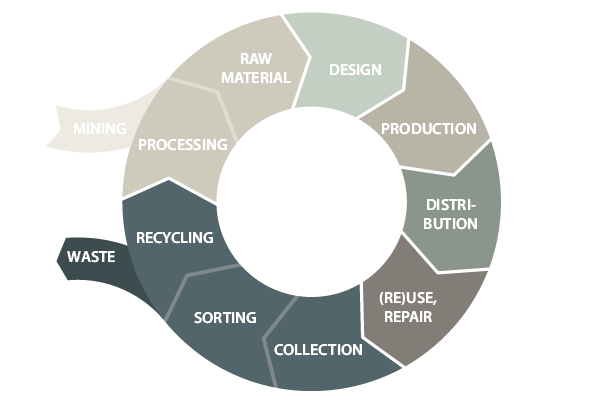
CIRCULAR ECONOMY
By using waste materials and energy as input for other processes, a circular economy is aimed at eliminating waste and the continual use of resources to keep products in use for longer, thus improving productivity. Replacing linear design by circular design creates an abundance of new possibilities and value for your products.
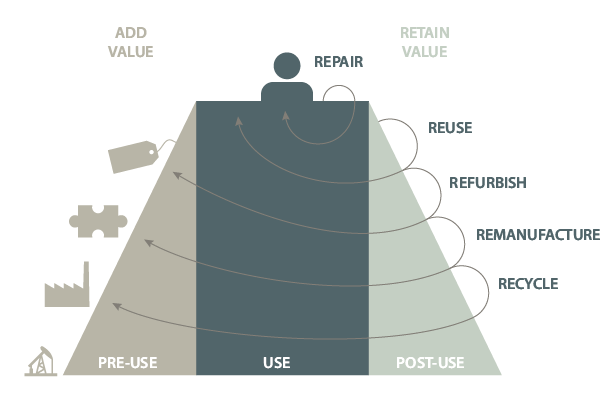
VALUE CHAIN
Currently, the most linear business models are full of disruptions and unnecessary solutions that ends up in a higher carbon footprint. But these disruptions can be changed into new value. Curious how?
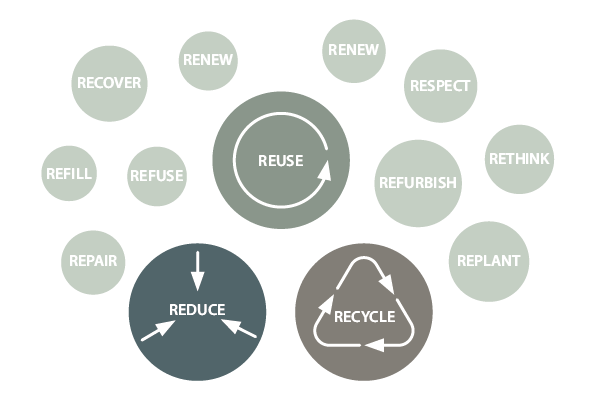
THE RE's
The most important and known R’s are Reduce, Reuse and Recycle. But there is even more R’s to create a more sustainable product. This graphic shows an overview about where to think about when trying to create a more sustainable product.
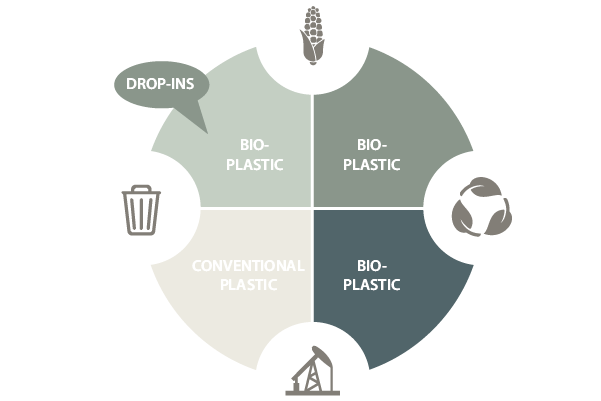
PLASTIC
Plastic comes in many variations, is an amazingly versatile material, offers huge potential and is only bad if you use it just once. Therefore, it is paramount to learn and understand when to use it, how to use it and when to replace it with other, better suitable materials that not only improve your product, but reduce waste as well.
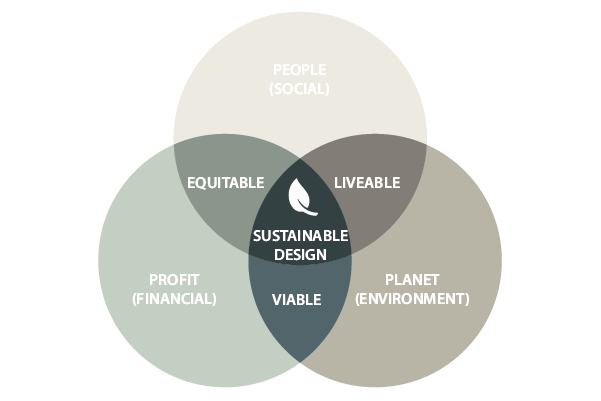
SENSITIVE DESIGN
A perfect design is crucial to create a successful sustainable product. The design must be people-oriented, simple, intuitive, affordable, competitive and suitable for a clearly defined and large consumer market.
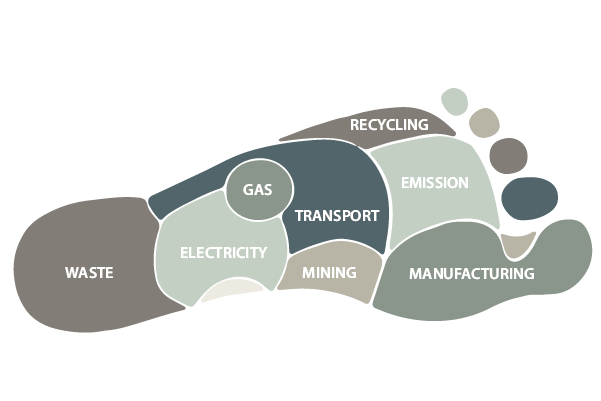
FOOTPRINT
The Product Carbon Footprint (PCF) determines the climate impact of a product. Throughout the entire life cycle of a product – from raw material to recycling or disposal – climate-relevant effects occur in the form of greenhouse gas emissions. Based on a calculation of your current product, we define, analyze and improve your new design.
SUSTAINABLE DEVELOPMENT GOALS
OF THE UNITED NATIONS

The Sustainable Development Goals (SDGs) are a collection of 17 interlinked global goals designed to be a blueprint to achieve a better and more sustainable future for all. The SDGs were set in 2015 by the United Nations General Assembly and are intended to be achieved by the year 2030.
If you decide to become partners with JOMI, you will contribute to The United Nations Sustainable Development Goals 3, 11, 12 & 13.
SDG 3: “Ensure healthy lives and promote well-being for all at all ages.”
SDG 11: “Make cities and human settlements inclusive, safe, resilient and sustainable.“
SDG 12: “Ensure sustainable consumption and production patterns.”
SDG 13: “Take urgent action to combat climate change and its impacts.”




+31 6 4567 1880
Let’s talk.

alex@jomi-design.com
Send your challenge.
Amsterdam
Drinking coffee?
